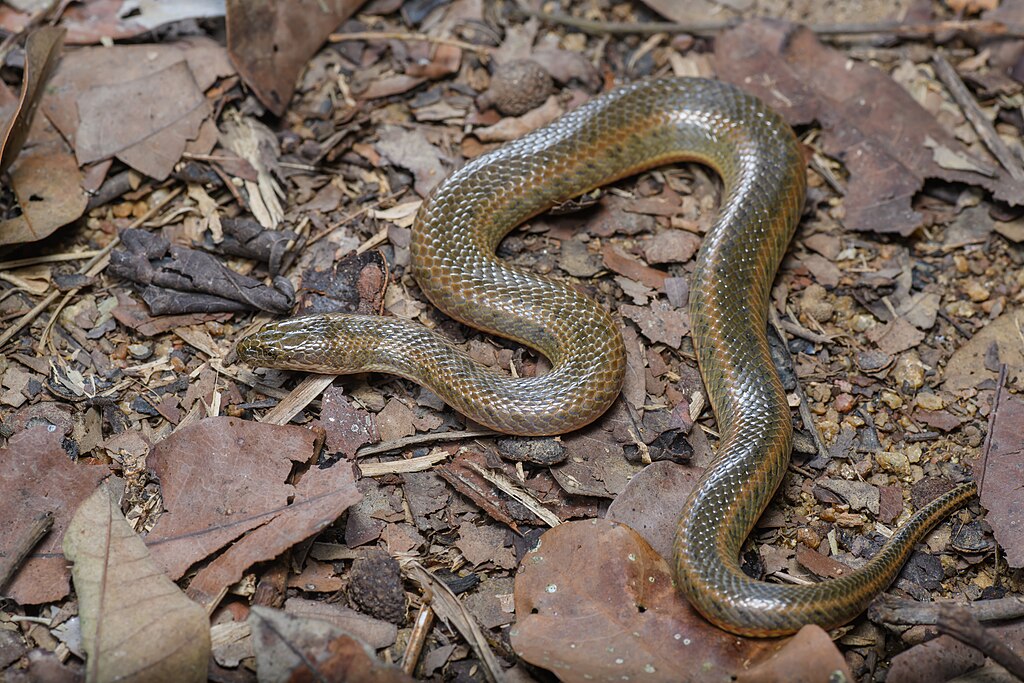In the shadowy world of nocturnal predators, snakes have evolved remarkable adaptations for hunting in darkness. However, as human development expands, artificial lighting increasingly floods wild habitats, creating a silent but profound disruption to these ancient reptiles’ behaviors. Many snake species demonstrate a peculiar reluctance to hunt under artificial illumination, a phenomenon that offers fascinating insights into reptile biology, ecological disruption, and the subtle ways human activity reshapes animal behavior. This growing body of research reveals how light pollution affects predator-prey relationships and potentially threatens biodiversity in unexpected ways.
The Evolutionary Adaptation to Darkness
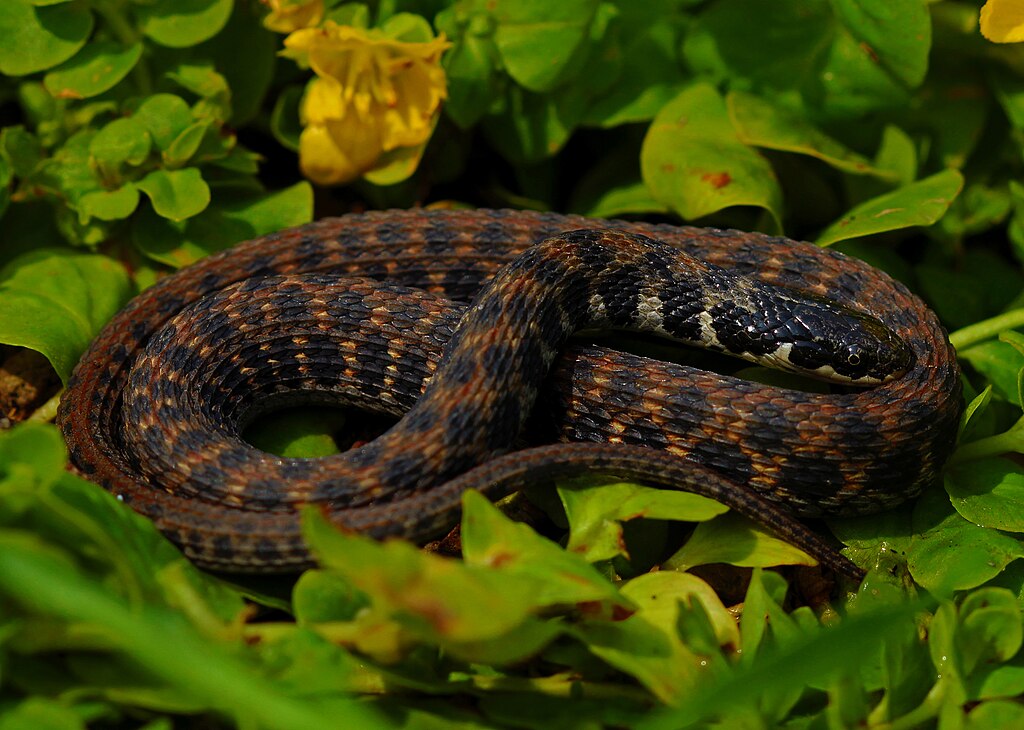
Many snake species have evolved over millions of years as nocturnal hunters, developing specialized sensory systems that function optimally in low-light conditions. Their eyes contain a high proportion of rod cells that excel at detecting movement and shapes in darkness, while some possess heat-sensing pit organs that allow them to detect prey through thermal radiation. These adaptations are complemented by highly sensitive chemoreception systems that enable snakes to track prey through chemical trails, particularly useful when visual information is limited. The entire sensory and neural architecture of nocturnal snakes has been fine-tuned through natural selection to operate in darkness, creating predators exquisitely adapted to hunt when the sun goes down.
Light Sensitivity and Visual Disruption
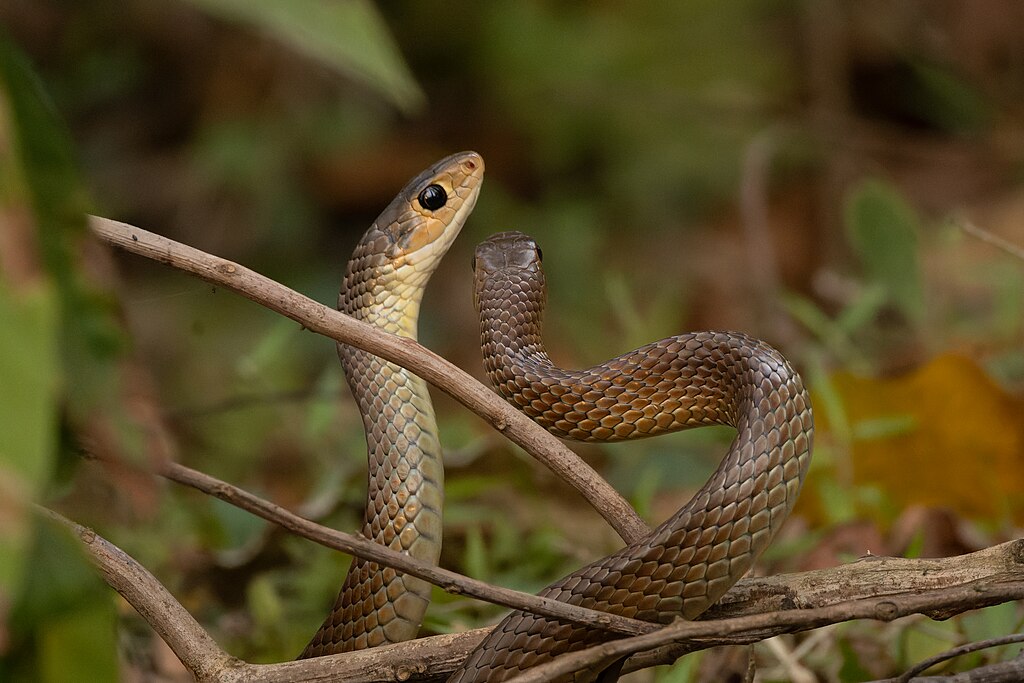
Artificial light can overwhelm the sensitive rod-dominant vision of nocturnal snakes, effectively “blinding” them temporarily or creating visual discomfort that disrupts hunting behavior. Unlike humans, many snake species lack protective mechanisms to quickly adjust to sudden bright light, making artificial illumination particularly disruptive. Research has shown that the retinas of nocturnal snakes can take significantly longer to readjust after exposure to bright light compared to diurnal species, creating periods where their hunting efficiency is severely compromised. This visual disruption can be especially problematic in edge habitats where natural areas border illuminated human developments, creating zones where snakes may avoid hunting altogether.
Thermal Imaging Interference
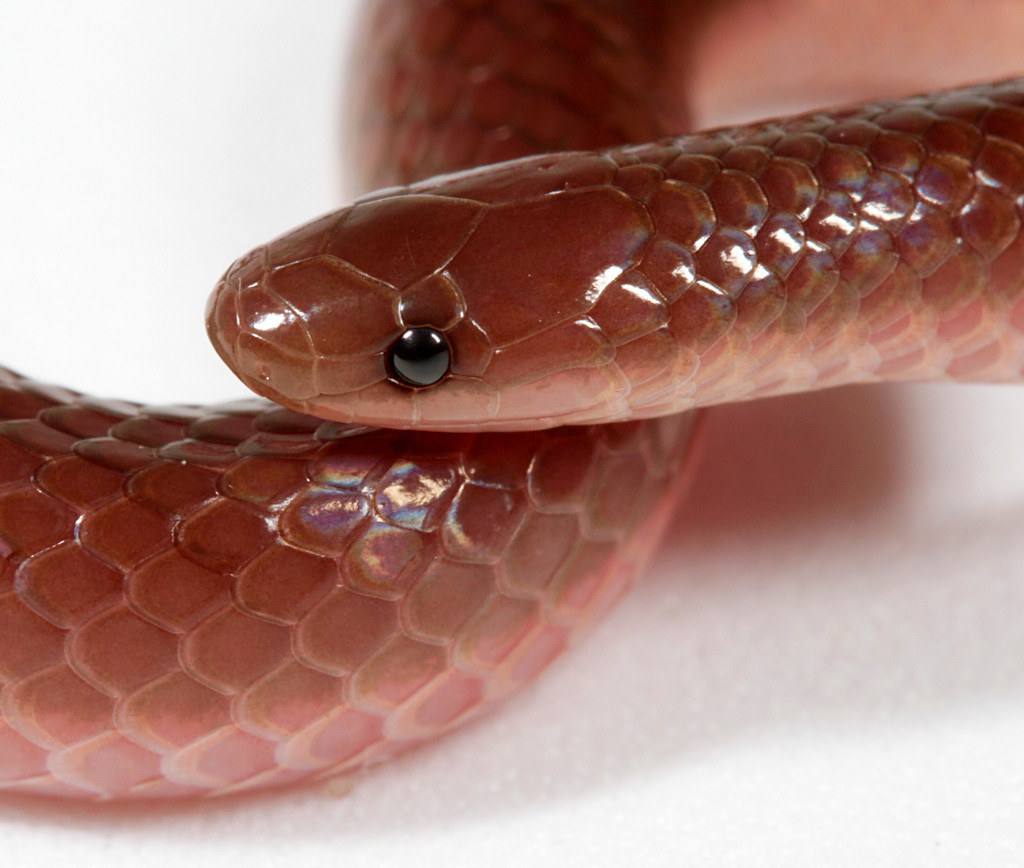
For pit vipers and other species with heat-sensing abilities, artificial lighting can introduce thermal “noise” that interferes with their ability to detect prey. These specialized predators rely on detecting the subtle temperature differential between their warm-blooded prey and the cooler background environment. Artificial lighting fixtures emit heat signatures that can mask or confuse these thermal patterns, making it more difficult for snakes to locate potential meals. Studies using thermal imaging have demonstrated that the heat bloom from street lights and other fixtures can extend several meters, creating zones where the thermal contrast needed for effective hunting is diminished. This interference with a primary sensory system may explain why some heat-sensing snake species are particularly reluctant to hunt in artificially lit environments.
Behavioral Disruption of Prey Species

Artificial lighting doesn’t just affect snakes directly—it also alters the behavior of their prey, creating cascading effects through the food chain. Rodents and other small mammals that normally forage under the protection of darkness may reduce their activity or avoid brightly lit areas altogether, effectively removing prey from the snake’s hunting grounds. Research in urban-adjacent habitats has demonstrated significant changes in small mammal movement patterns in response to artificial light, with many species showing strong light-avoidance behaviors. For snakes that specialize in hunting specific prey types, these behavioral changes can mean the difference between a successful hunt and going hungry, incentivizing them to avoid hunting in artificially lit areas.
Circadian Rhythm Disruption
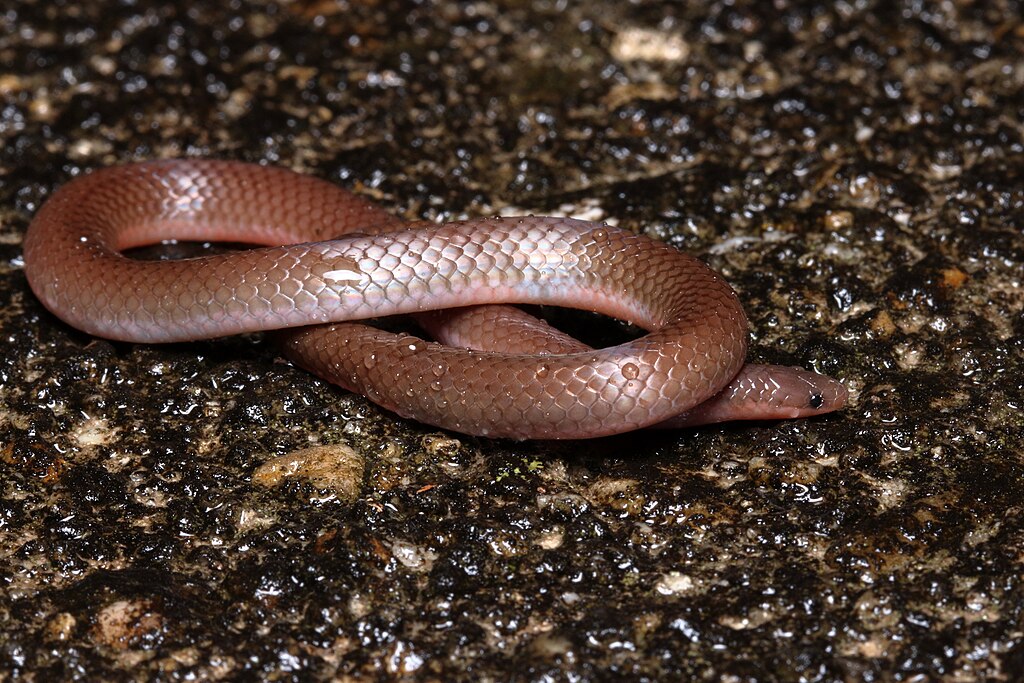
Artificial lighting can fundamentally disrupt the circadian rhythms that govern snake behavior, including their hunting patterns. Like many organisms, snakes possess internal biological clocks that are calibrated to natural light cycles, triggering hormonal and behavioral changes aligned with day-night transitions. Continuous or unpredictable artificial lighting can confuse these systems, potentially leading to physiological stress and behavioral abnormalities that affect hunting motivation and success. Studies monitoring hormone levels in snakes exposed to artificial light have found evidence of disrupted melatonin production, a key hormone regulating sleep-wake cycles and seasonal behaviors. This hormonal disruption may explain why some snakes appear reluctant to hunt even when prey is abundant in artificially lit environments.
Increased Predation Risk
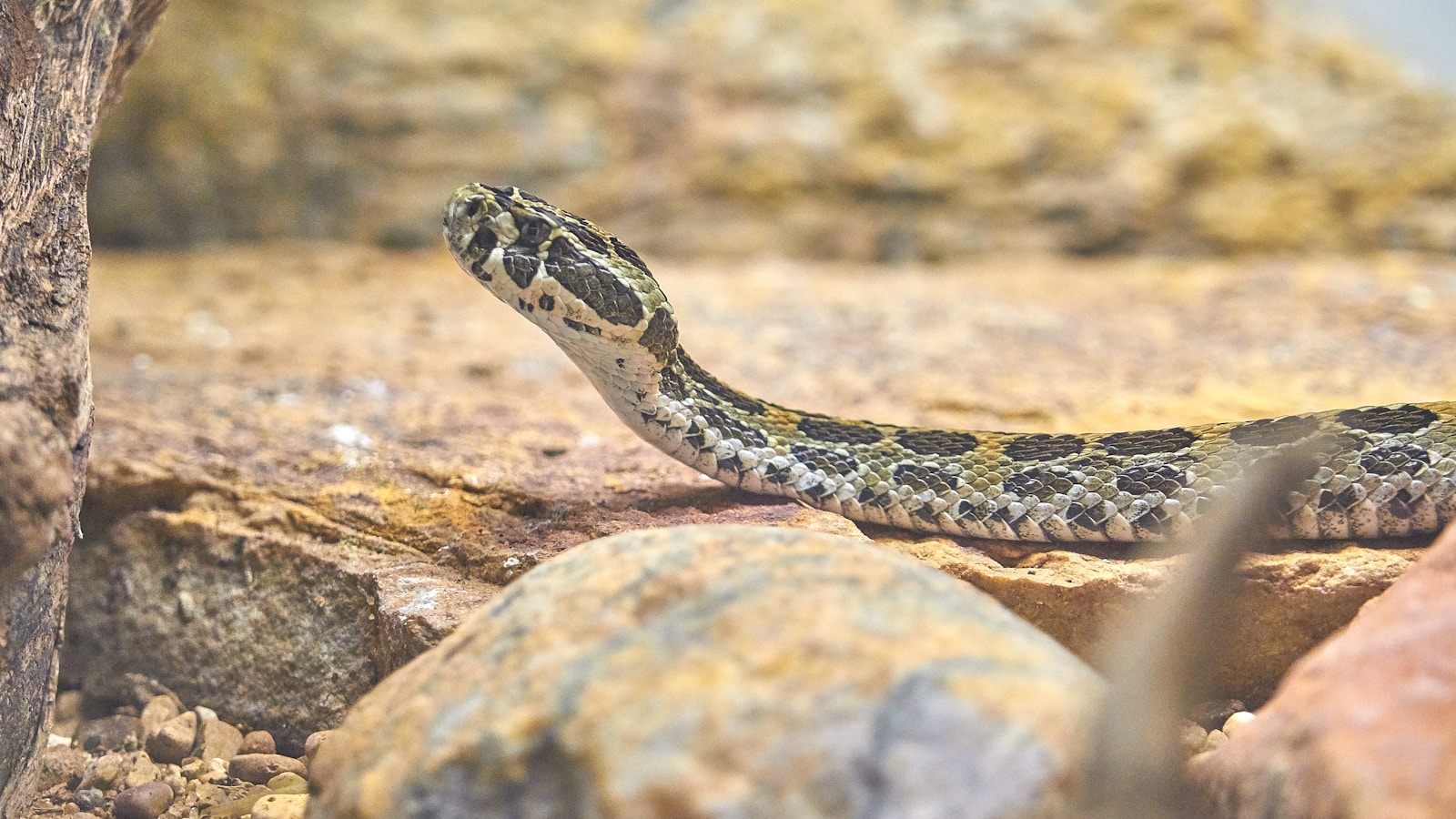
Hunting under artificial light may expose snakes to greater risks from their own predators, creating a strong selective pressure against such behavior. Illumination makes snakes more visible to nocturnal predators like owls, mammalian carnivores, and even humans who might kill snakes out of fear. For species that rely on camouflage and stealth to avoid predation, artificial lighting effectively removes their protective cover of darkness. Field studies tracking snake movements have documented significantly reduced activity in well-lit areas, particularly for smaller or more vulnerable species that face higher predation risks. This defensive avoidance behavior can effectively remove large areas from a snake’s usable hunting territory in light-polluted environments.
Species-Specific Sensitivity to Light

Not all snake species respond identically to artificial lighting, with sensitivity varying widely based on evolutionary history and ecological niche. Strictly nocturnal specialists like many boas, pythons, and vipers typically show the strongest avoidance of artificial light when hunting. In contrast, crepuscular or cathemeral species that naturally hunt during dawn, dusk, or occasionally during daylight may demonstrate more tolerance for moderate artificial illumination. Comparative studies examining hunting behavior across different snake families have revealed that evolutionary history plays a significant role in determining light sensitivity, with ancient lineages of nocturnal hunters showing particularly pronounced avoidance behaviors. These differences become especially important when considering conservation strategies in areas affected by light pollution.
Wavelength and Intensity Effects

The specific characteristics of artificial light—including its wavelength, intensity, and timing—significantly influence its impact on snake hunting behavior. Research indicates that lights with strong blue wavelength components (common in LED lighting) often create stronger avoidance responses in snakes compared to lighting with more red components. The intensity of illumination also plays a crucial role, with many studies documenting threshold effects where hunting behavior sharply declines above specific brightness levels. Experimental studies using different lighting types have demonstrated that even modest reductions in intensity or shifts toward warmer color temperatures can significantly reduce the negative impacts on snake hunting behavior. These findings offer important implications for designing wildlife-friendly lighting in areas where snake conservation is a concern.
Habitat Fragmentation by Light
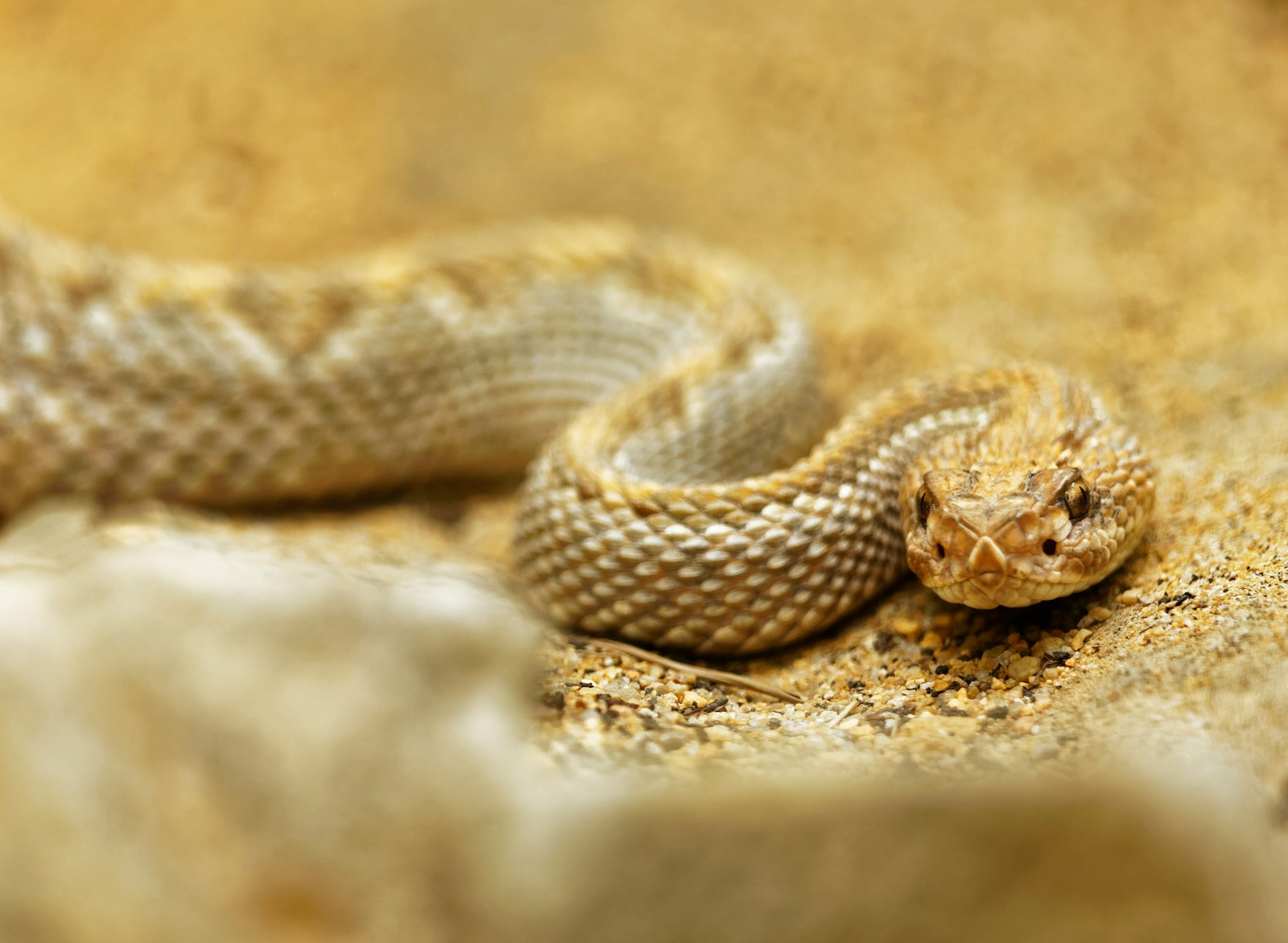
Artificial lighting effectively fragments snake habitats by creating illuminated barriers that many species are reluctant to cross, limiting access to hunting grounds. Roads, residential developments, and commercial areas that remain brightly lit throughout the night can divide snake populations and restrict their movement patterns. GPS tracking studies of snake movements have revealed that many individuals will take significantly longer routes to avoid crossing brightly lit areas, even when those detours require greater energy expenditure. This light-based habitat fragmentation can be particularly problematic for species with specialized dietary needs or those requiring large territories to find sufficient prey, potentially leading to population declines in heavily light-polluted landscapes.
Adaptation and Habituation Possibilities

Some snake populations show evidence of adapting to or habituating to artificial lighting over time, though this process appears to be gradual and highly variable between species. Urban populations of certain generalist species like rat snakes have demonstrated more tolerance for hunting in moderately lit environments compared to their rural counterparts. Research comparing urban and rural snake populations has found evidence of both behavioral flexibility and potential genetic adaptation in response to artificial lighting pressures. However, specialists with more rigid behavioral patterns or specific sensory adaptations for darkness show less capacity for adaptation, raising concerns about their long-term viability in increasingly illuminated landscapes. This variable capacity for adaptation suggests that light pollution may act as a selective filter, potentially reducing snake diversity in affected areas.
Conservation Implications
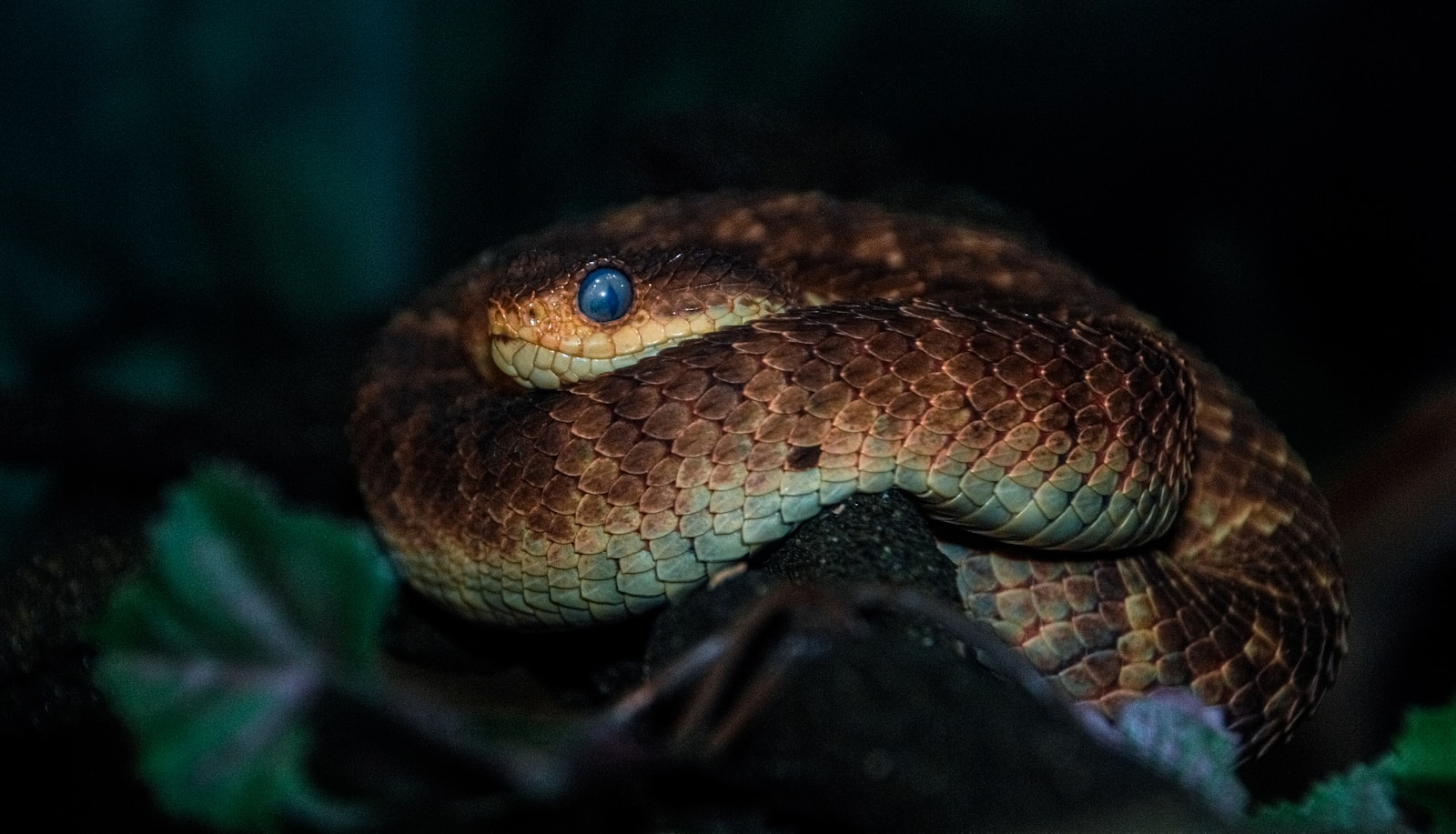
The reluctance of many snake species to hunt under artificial light raises significant conservation concerns, particularly as light pollution continues to expand globally. Reduced hunting success can lead to nutritional stress, decreased reproductive output, and eventually population declines in affected areas. Conservation biologists have begun documenting lower population densities of light-sensitive snake species in areas with significant night lighting, even when habitat structure and prey availability appear suitable. These patterns are especially concerning for threatened or endangered snake species whose ranges overlap with rapidly developing regions experiencing increasing light pollution. Conservation planning increasingly considers light corridors and dark refuges as critical components of effective snake habitat protection, particularly for species known to avoid hunting in artificial light.
Mitigation Strategies and Solutions

Developing effective strategies to mitigate the impacts of artificial lighting on snake hunting behavior is becoming an important focus for conservation efforts and lighting design. Motion-activated lighting, directional fixtures that minimize light spill, and lighting with wavelengths less disruptive to nocturnal wildlife are all promising approaches being implemented in ecologically sensitive areas. Communities concerned with biodiversity conservation have begun implementing “dark sky” ordinances that limit unnecessary outdoor lighting and require wildlife-friendly fixtures in areas adjacent to natural habitats. Research evaluating these mitigation approaches has shown that even modest changes to lighting practices can significantly improve habitat connectivity and hunting opportunities for nocturnal snakes. As our understanding of light’s impacts on wildlife deepens, the development of lighting technologies specifically designed to minimize disruption to nocturnal predators like snakes represents an important frontier in conservation technology.
Conclusion
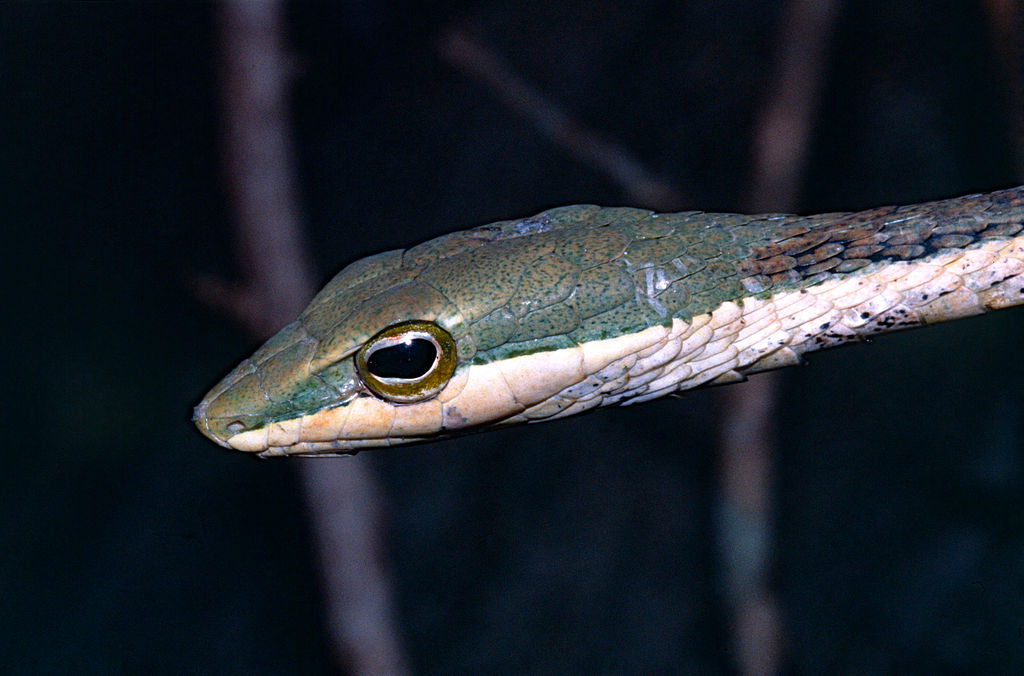
The relationship between snakes and artificial light reveals the subtle yet profound ways human activities reshape natural behaviors that evolved over millions of years. As nocturnal specialists, many snake species find their hunting strategies compromised under artificial illumination, facing challenges from visual disruption, altered prey behavior, increased predation risk, and habitat fragmentation. This growing body of research not only enhances our understanding of snake biology but also highlights the unintended consequences of light pollution on biodiversity. By recognizing these impacts and implementing thoughtful lighting solutions, we can help preserve the ancient hunting behaviors that make snakes such successful and important predators in ecosystems worldwide.

